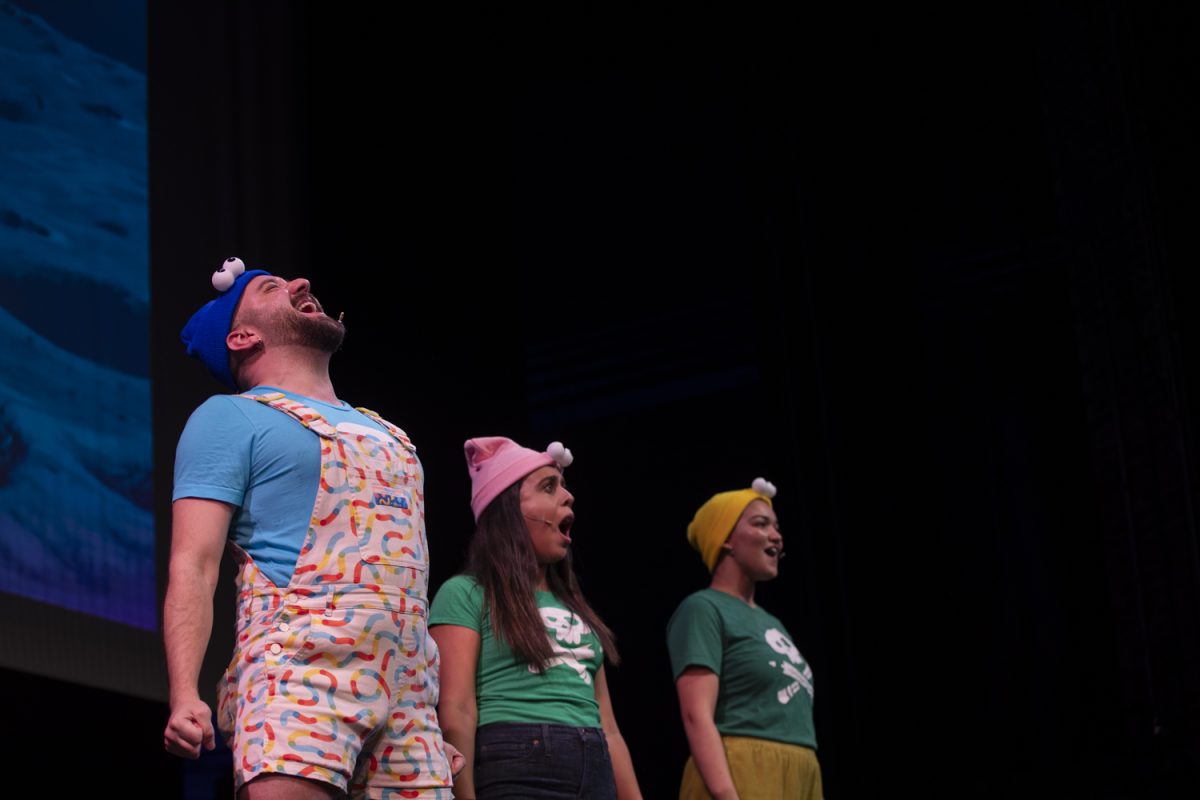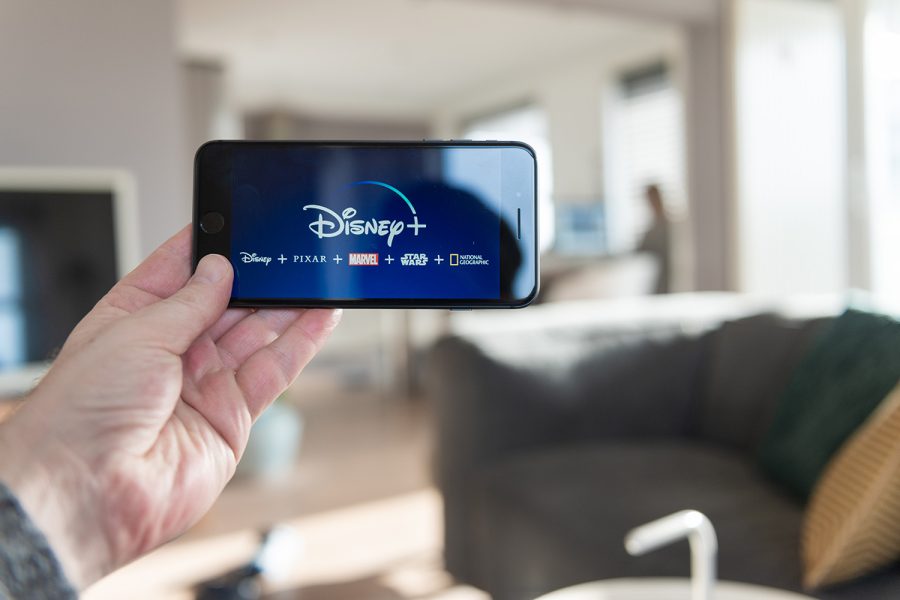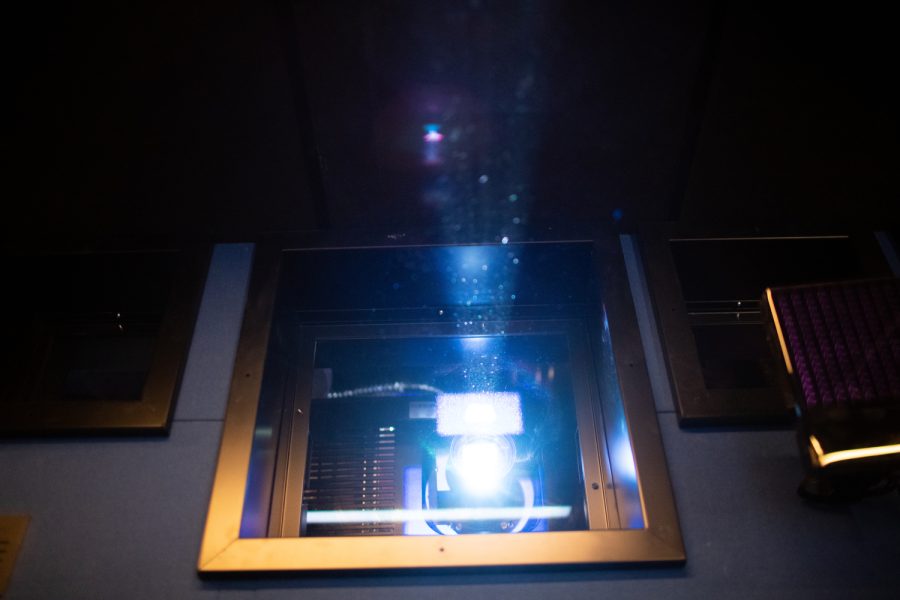As a child, Vaidehi Patel stood back from the dance floor of Indian cultural events, too intimidated to join the other young people twirling, stepping, and clapping in a flurry of dance.
"It was just terrifying because there was actually an audience watching you," she said, describing events in which older people sat and watched the children dance.
Now, the senior nursing major at the University of Iowa and president of the UI Indian Student Alliance said she wants to make sure that no one feels that way at the Garba, Raas, Bhangra, and Bollywood Dance Festival that the organization will present this weekend.
The event, featuring four Indian dance styles from different parts of India, will be held at 9 p.m. Saturday, with a teaching session earlier that day at 7:30 p.m. Both will occur in the IMU second-floor ballroom.
Patel said her goal is to have 100 percent participation at this festival, in contrast to the cultural dance events she attended as a child.
"There’s going to be more doing than watching," she said.
This is the first time that the annual event will include Raas, Bhangra, and Bollywood in addition to Garba. The dance festival has its roots in an Indian religious holiday, Navrati, which incorporates nine days of dancing Garba and Raas in celebration of the triumph of good over evil. In the past, the Indian Student Alliance’s festival only included Garba.
"We wanted this function to bring all the Indians as well as other cultures on campus together," said Sauvik Goswami, the vice president of the Indian Student Alliance. "We figured that adding the styles of Raas, Bhangra, and Bollywood would accomplish this goal."
Goswami, a UI economics and finance major, began participating in Indian dance last year, and has joined the Hawkeye Bhangra dance team.
"Indian dancing is a lot of fun. It’s high energy," he said. "The movements are colorful and elegant."
"It’s way different from American forms of dance or even Latino styles," she said. "It’s more about the music and the beat and the changes of those compared to the technique."
Garba
Garba is Patel’s personal favorite style.
"It’s the one that I know the most, the one that I have been doing the longest, and I think it’s the one that I can go the fastest," she said.
The music accompanying the movements begins slowly, pacing itself, and grows faster as the dancers begin to spin in circles while moving around a circular table. Dancers also clap their hands and repeat their footwork.
There are numerous variations in Garba; dancers can employ six-step or 12-step routines as well as other patterns.
Raas
For Roma Kaleka, a UI accounting, finance, and pre-med major and the public-relations representative for the Indian Student Association, Raas sparks her dance spirit.
"When it gets to the Raas part, I can’t even keep my feet on the ground," she said. "I’m like flying."
Raas involves beating the rhythm of the music using wooden sticks called Dandiyas. Dancers form two lines and dance with a partner for five steps and then switch to the next partner, rotating in a rectangular formation.
"It’s kind of like line dancing but a little bit different," Patel said.
Bhangra
Bhangra involves more freestyle than Garba and Raas and includes a lot of hand turns and shoulder movement.
"There’s a famous movie called American Desi in which they actually describe it as ‘petting the dog while you’re screwing in the lightbulb,’ " Patel said.
Bhangra has similarities with the Bollywood style but is a little more traditional, yet it broadens the appeal of Indian dance to a wider audience.
"Bhangra is very fast-paced. Anytime you hear it, it just has this beat where you can’t help wanting to dance," said UI sophomore Jostna Dash, the Indian Student Association’s publicity head.
Bollywood
The final dance included in the festival is probably the most well-known throughout the world: Bollywood. The members of the Student Association said they hope that featuring this style will increase the popularity of the event.
"Bollywood is the thing that most people are familiar with, so if they see Bollywood, that’ll be an incentive to come," Goswami said.
Bollywood touches on all three of the other styles; it is somewhat based on each of them. In addition, it is more modern, incorporating salsa, ballet, hip-hop, and reggae influences. It also comes from the Bollywood movies with dancing based on the lyrics of music.
"It’s kind of like musical-theater dancing, but it’s also freestyle," Patel said. "There’s no routine.
Indian culture on campus
Patel said she wants to see people try something new that they might not be quite comfortable with in a supportive atmosphere.
"There’s no right or wrong way to do it; that’s the best part about it," she said. "You can all just have fun doing it. I mean, there is a right way, but no one’s going to judge you about it, which is the best part."
Fashion is also an aspect of the dance festival, with people wearing their most colorful, embellished, and beautiful garments.
The members of the Indian Student Association said they are excited about the chance to get dressed up in their traditional Indian outfits, something that doesn’t happen too often throughout the year.
Patel said women usually wear skirts that are matched with blouses and then covered with a veil that is wrapped around their body, giving them room to be comfortable while dancing.
"It’s a good time to bring out our clothes and almost have a little fashion contest," she said. "There might even be a best-dressed award. We’ll see."
For the members of the Student Alliance, the main theme of the night is exploring the rich Indian culture. The organization is one of the largest on campus, representing more than 850 students, faculty, staff, and community members.
"The goal is to have people see a hands-on cultural experience and see a different perspective," Kaleka said. "Basically, we want people to enjoy themselves and step out of their comfort zone."
Members of the alliance strive to make the event an encompassing experience that is accessible and appealing to all on campus, no matter their origin.
"We’re going to have free food, free admission, and the dancing, so you’re going to have the smells, the sights, and the sounds to be immersed in the Indian culture," Dash said. "And it’s free, so why not?"






